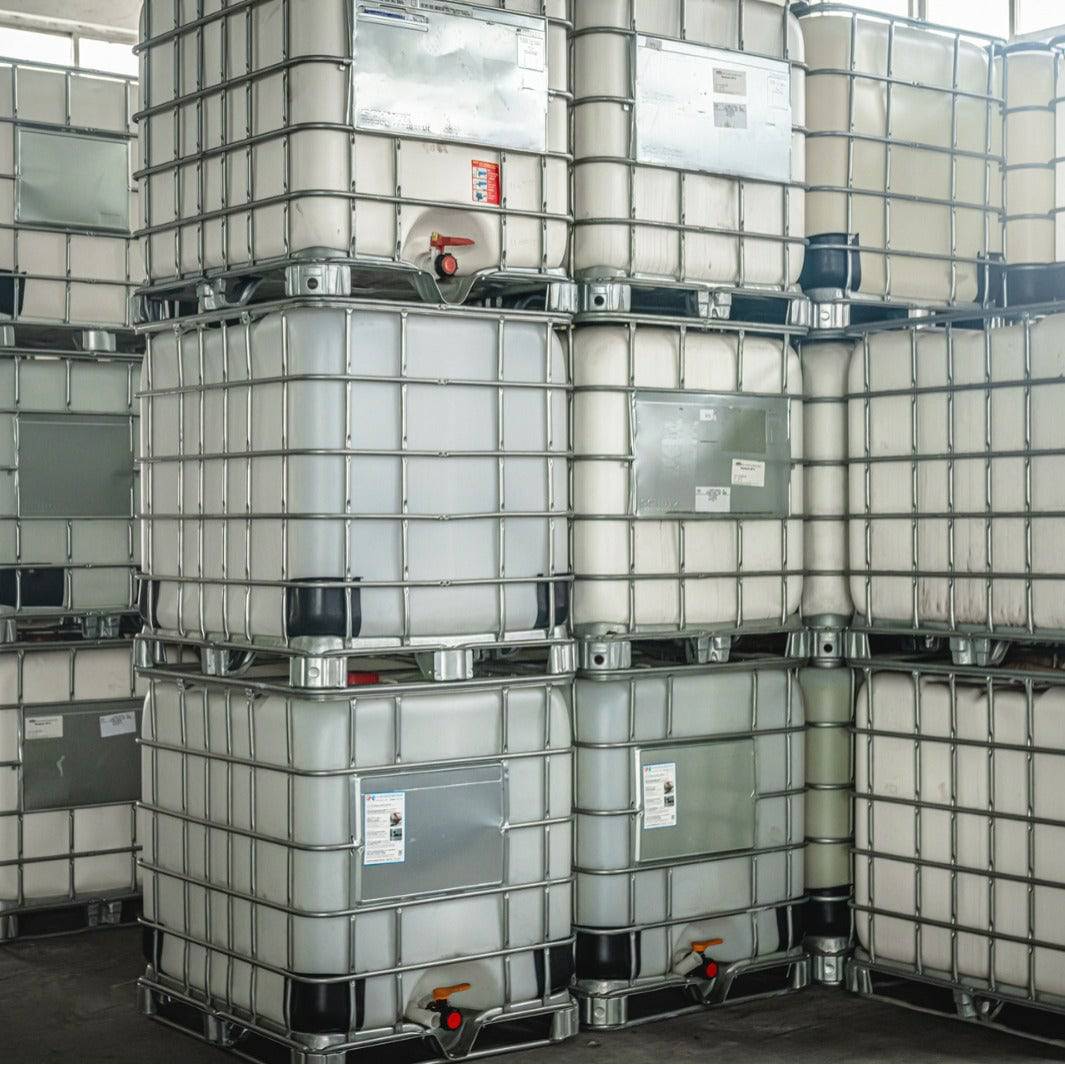Chemie Fundamentals Explained
6 Simple Techniques For Chemie
Table of Contents4 Easy Facts About Chemie ShownThe Definitive Guide for ChemieThe Single Strategy To Use For ChemieAll about ChemieNot known Facts About ChemieGetting The Chemie To Work
By Bojanna Shantheyanda, Sreya Dutta, Kevin Coscia and David SchiemerDynalene, Inc. Fluid air conditioning, which can be attained using indirect or direct means, is utilized in electronics applications having thermal power densities that might exceed secure dissipation through air cooling. Indirect liquid cooling is where warm dissipating electronic elements are physically separated from the liquid coolant, whereas in case of direct cooling, the components remain in straight call with the coolant.Nonetheless, in indirect cooling applications the electric conductivity can be essential if there are leakages and/or splilling of the fluids onto the electronics. In the indirect air conditioning applications where water based liquids with rust preventions are typically used, the electric conductivity of the fluid coolant generally depends upon the ion focus in the liquid stream.
The boost in the ion focus in a shut loophole liquid stream might happen as a result of ion seeping from steels and nonmetal elements that the coolant fluid touches with. Throughout operation, the electrical conductivity of the liquid might enhance to a degree which might be harmful for the cooling system.
Chemie for Beginners
(https://telegra.ph/Innovative-Thermal-Solutions-with-Chemie-Dielectric-Coolant-and-Beyond-01-09)They are bead like polymers that are qualified of exchanging ions with ions in an option that it touches with. In the here and now work, ion leaching examinations were performed with various metals and polymers in both ultrapure deionized (DI) water, i.e. water which is dealt with to the highest levels of pureness, and low electrical conductive ethylene glycol/water blend, with the gauged change in conductivity reported with time.
The samples were enabled to equilibrate at space temperature for 2 days before videotaping the first electric conductivity. In all examinations reported in this research study liquid electric conductivity was determined to a precision of 1% making use of an Oakton disadvantage 510/CON 6 series meter which was calibrated prior to each dimension.
The Single Strategy To Use For Chemie
from the wall surface home heating coils to the facility of the heating system. The PTFE example containers were put in the heater when stable state temperatures were gotten to. The test arrangement was eliminated from the heating system every 168 hours (seven days), cooled down to space temperature with the electric conductivity of the fluid determined.
The electric conductivity of the fluid sample was kept track of for a total amount of 5000 hours (208 days). Schematic of the indirect closed loop cooling experiment set-up. Parts used in the indirect closed loop cooling down experiment that are in contact with the liquid coolant.

The Definitive Guide to Chemie
The adjustment in liquid electrical conductivity was kept track of for 136 hours. The liquid from the system was gathered and stored.

0.1 g of Dowex resin was included to 100g of fluid examples that was taken in a different container. The combination was stirred and change in the electrical conductivity at area temperature level was measured every hour. The determined modification in the electric conductivity of the UP-H2O and EG-LC examination fluids consisting of polymer or metal when involved for 5,000 hours at 80C is revealed Number 3.
Some Known Factual Statements About Chemie
Number 3. Ion leaching experiment: Calculated adjustment in electrical conductivity of water and EG-LC coolants including either polymer or steel examples when immersed for 5,000 hours at 80C. The outcomes suggest that metals added less ions right into the liquids than plastics in both UP-H2O and EG-LC based coolants. This can be due to a slim steel oxide layer which might serve as a barrier to ion leaching and cationic diffusion.
Liquids consisting of polypropylene and HDPE exhibited the most affordable electrical article conductivity modifications. This could be as a result of the brief, rigid, straight chains which are less most likely to add ions than longer branched chains with weaker intermolecular forces. Silicone additionally did well in both examination liquids, as polysiloxanes are generally chemically inert because of the high bond energy of the silicon-oxygen bond which would certainly prevent deterioration of the product into the fluid.
Our Chemie PDFs
It would certainly be anticipated that PVC would certainly produce similar outcomes to those of PTFE and HDPE based on the comparable chemical frameworks of the products, nevertheless there might be various other contaminations present in the PVC, such as plasticizers, that might influence the electric conductivity of the liquid - meg glycol. Furthermore, chloride teams in PVC can likewise leach right into the examination fluid and can cause a boost in electrical conductivity
Buna-N rubber and polyurethane showed indications of destruction and thermal decomposition which recommends that their feasible energy as a gasket or glue material at higher temperatures might bring about application problems. Polyurethane totally broke down into the examination liquid by the end of 5000 hour examination. Number 4. Before and after pictures of steel and polymer examples submersed for 5,000 hours at 80C in the ion leaching experiment.
Measured change in the electrical conductivity of UP-H2O coolant as a function of time with and without material cartridge in the shut indirect air conditioning loophole experiment. The measured modification in electrical conductivity of the UP-H2O for 136 hours with and without ion exchange resin in the loophole is displayed in Figure 5.